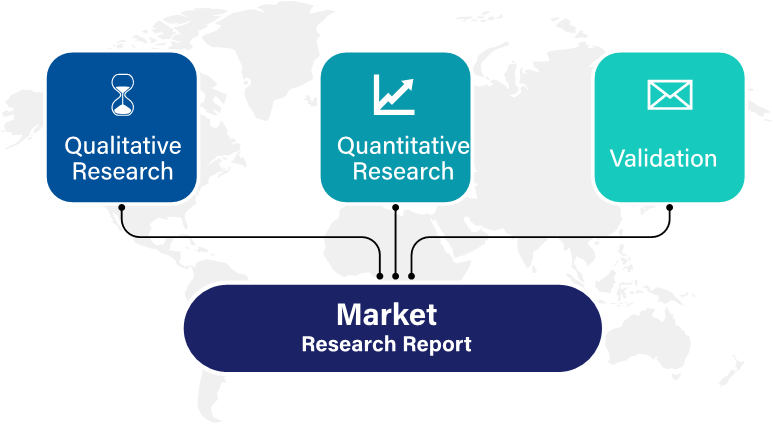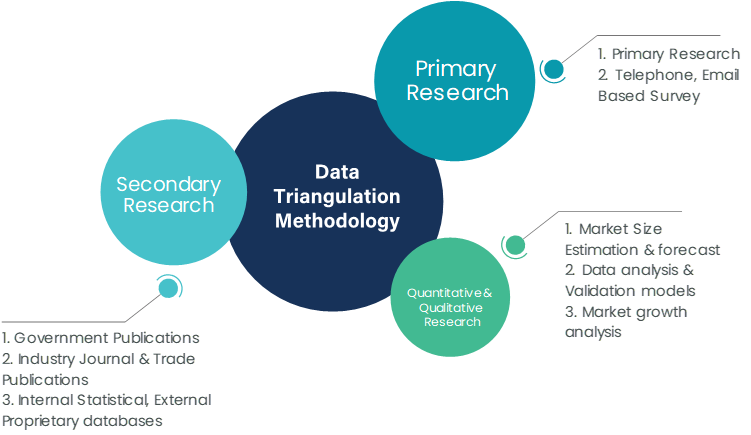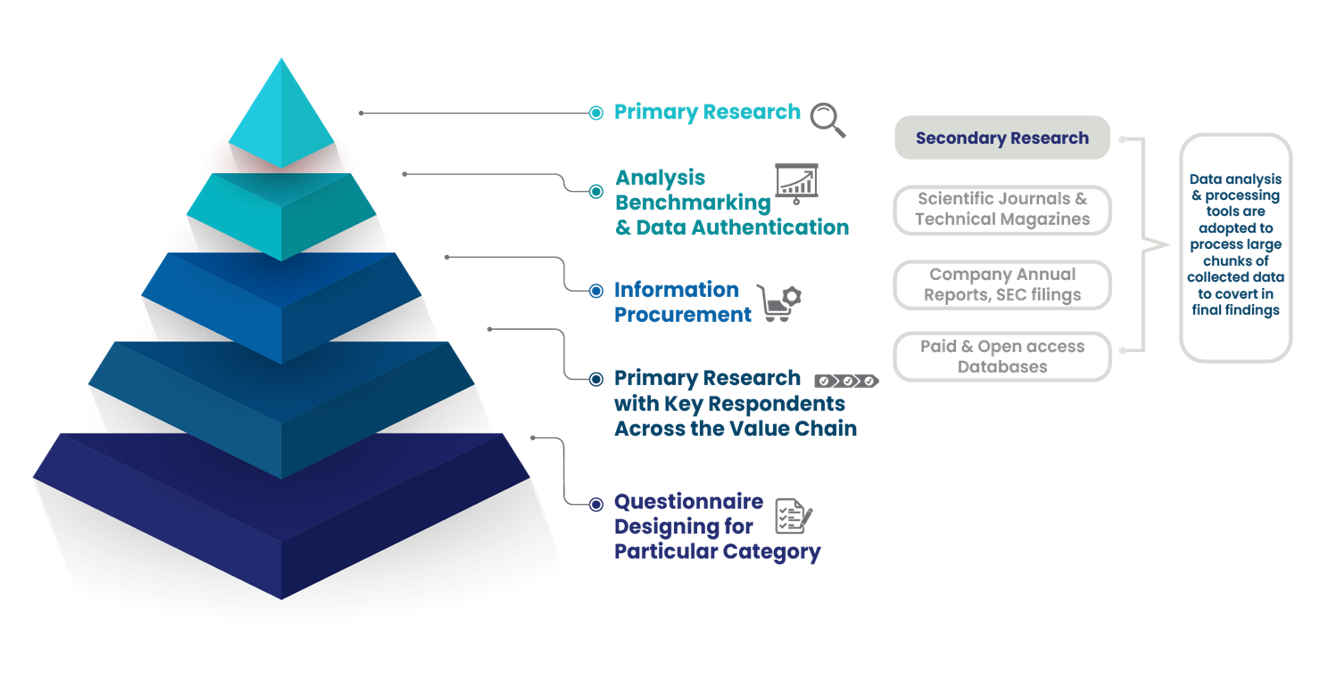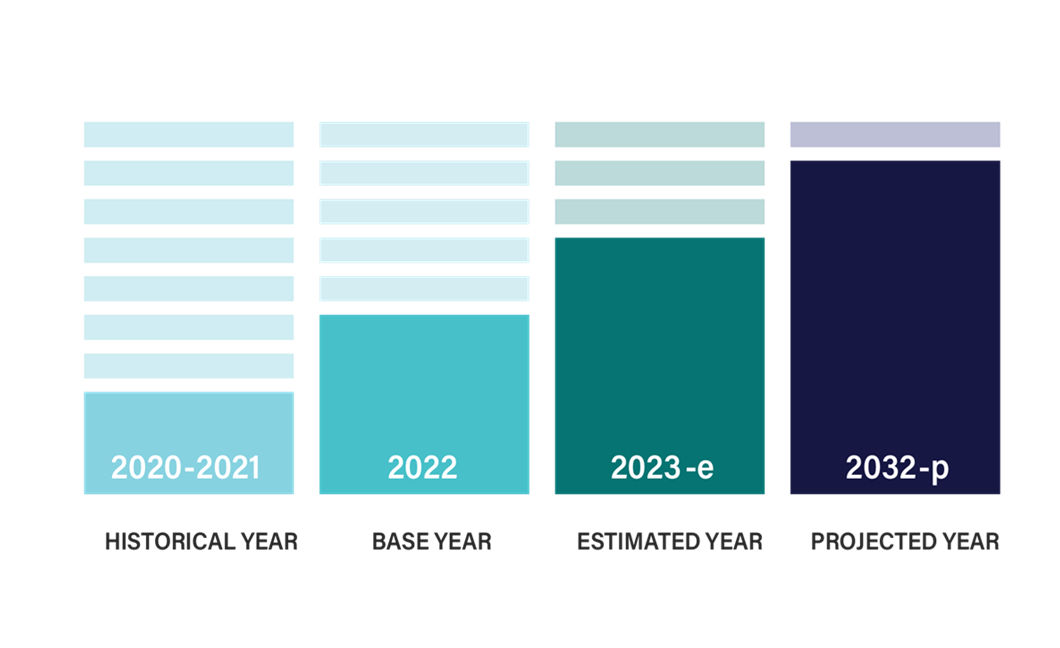

Executive Summary
The global ultrasound probe covers market is projected to grow steadily from 2024 to 2031, driven by rising awareness of infection control in healthcare, an increase in ultrasound procedures, and technological advancements in medical imaging. Ultrasound probe covers are essential for maintaining hygiene and preventing cross-contamination in medical procedures, making them indispensable in hospitals, clinics, diagnostic centers, and other healthcare settings. According to International Market Research (IMR), the ultrasound probe covers market is anticipated to reach a market size of approximately USD 550 million by 2031, growing at a compound annual growth rate (CAGR) of about 6% from an estimated USD 340 million in 2024.
Market Overview
Definition and Importance of Ultrasound Probe Covers
Ultrasound probe covers are protective barriers that encase ultrasound probes during procedures to reduce the risk of infections and contamination. These covers act as a protective shield against bacteria, viruses, and other pathogens, safeguarding both patients and healthcare professionals. With the rising emphasis on hygiene in medical environments, ultrasound probe covers are now considered essential for safe and sanitary practices, especially for procedures involving high-risk or immunocompromised patients.
Market Drivers
Market Challenges
The ultrasound probe covers market faces challenges, including:
Market Segmentation
By Product Type
By Application
By End-User
Regional Insights
North America
North America dominates the global ultrasound probe covers market, driven by high standards of healthcare, increased awareness about infection control, and advanced healthcare infrastructure. The United States, in particular, is a significant contributor, with the demand for disposable probe covers in hospitals and imaging centers. IMR estimates a steady CAGR of around 5.5% for North America over the forecast period.
Europe
Europe is the second-largest market, with countries like Germany, France, and the UK leading in the adoption of probe covers. The region’s stringent healthcare regulations and the emphasis on patient safety are boosting demand for single-use probe covers. The European market is expected to grow at a CAGR of approximately 5.3% from 2024 to 2031.
Asia-Pacific
Asia-Pacific is expected to be the fastest-growing region due to the rapid expansion of healthcare infrastructure, particularly in countries like China, India, and Japan. Rising healthcare awareness, coupled with an increasing number of diagnostic procedures, is fueling demand for ultrasound probe covers in this region. IMR projects a CAGR of around 7% for Asia-Pacific during the forecast period.
Latin America and the Middle East & Africa
These regions are projected to witness moderate growth in the ultrasound probe covers market. The demand for infection control products, along with the expansion of healthcare services, supports market growth in Latin America. In the Middle East & Africa, growth is driven by increasing healthcare spending and the rising prevalence of infectious diseases.
Market Forecast and Projections (2024 - 2031)
According to IMR, the global ultrasound probe covers market, valued at approximately USD 340 million in 2024, is anticipated to reach around USD 550 million by 2031, growing at a CAGR of 6%.
Key Players and Competitive Landscape
The ultrasound probe covers market is competitive, with key players focusing on product innovation, sustainability, and cost-effectiveness. Leading companies in the market include:
These companies focus on developing high-quality, compatible, and cost-effective probe covers to meet the increasing demand for infection control in healthcare facilities. Partnerships, mergers, and acquisitions are common strategies as companies seek to expand their portfolios and strengthen their market presence.
Trends and Opportunities
Conclusion
The global ultrasound probe covers market is poised for steady growth, driven by increasing awareness of infection control, rising ultrasound procedures, and technological advancements. The market is expected to reach approximately USD 550 million by 2031, growing at a CAGR of 6% from 2024 to 2031. Demand for single-use probe covers in hospitals, diagnostic centers, and home healthcare is driving market expansion. Key trends, such as the adoption of eco-friendly and biodegradable materials, technological innovations, and the rise of point-of-care ultrasound, are expected to shape the market’s future. The ultrasound probe covers market will continue to be an essential part of the healthcare industry’s infection control measures, supporting safer medical practices worldwide.
International Market Research follows a comprehensive research methodology dedicated to offering the most accurate market estimation and analysis. It leverages a data triangulation methodology to estimate the market dynamics and deliver precise estimations. The company exploits a combination of top-down and bottom-up approaches for classifying and assessing quantitative aspects of the market.

This research study is based on exhaustive quantitative and qualitative analysis.
The Quantitative analysis involves numerous models, mathematical tools, projection, and sampling techniques. It encompasses the following steps:
Recognize market variables and derive market size.
Valuation of prospects, opportunities, and market penetration rates by analyzing Application Predictive Maintenance Solutionzation, regional trends, etc.
Gauge historical market trends and derive present and future year-on-year growth trends
The qualitative analysis covers briefing about market dynamics and business opportunities and strategies. Lastly, all the research findings are authenticated over interviews with in-house industry experts, freelance consultants, and key opinion leaders, etc.


The preliminary raw data and relevant information are acquired via different sources such as secondary findings, trade surveys, and in-house repositories. Technical issues and trends are attained from technical symposia, surveys, and trade journals. Market dynamics such as driving factors, restraints/challenges, pricing trends, and opportunities are also collected using extensive secondary research via paid and open access data sources.
This info is then filtered to make sure that the related data including market trends, industry dynamics, and outlook is retained for the further research End-user. Data is constantly filtered to confirm that only authenticated sources are measured.
It comprises analysis & mapping of all the data gathered from the above step. It also includes the analysis of data differences observed across numerous data sources and arrives at final data points to be used for final calculations.
This step involves data End-user using various models, mathematical tools, projection, and sampling techniques to derive market findings. It also involves the placement of data points at suitable market spaces to gather viable conclusions.
Market estimates and forecasts are derived via simulation models. Collected data for market dynamics, Propulsion Type sets, pricing trends, and Type development is fed into the model and evaluated simultaneously. These factors are studied on a comparative basis, and their influence over the prediction period is quantified by means of regression, correlation, and time-series exploration. Analyst viewpoint & subject matter expert-based heuristic form of market sizing also plays an essential part in this step.
Some of the parameters measured as a part of the statistical model are:
Macro-economic indicators
Micro-economic indicators
Socio-political indicators
Environmental indicators
Propulsion Type indicators
Validation End-user aids to finalize data points to be used for final calculations. Primary Interviews are conducted to authenticate the data and analysis.
Primary research includes questionnaire-based research, email interactions, online surveys, and telephonic interviews. Interviewees are approached by prominent companies across the value chain including suppliers, Propulsion Type providers, domain experts, and buyers to ensure a holistic and unbiased picture of the market.
Industry participants involved in this research study include:
CEOs, VPs, market intelligence managers
Procuring and national sales managers technical personnel, distributors, and resellers
Research analysts and key opinion leaders from various domains
Our research methodology includes an ideal combination of primary and secondary initiatives.

Source: International Market Research Analysis, 2024
It involves company databases such as Hoover's: This assists us to recognize financial information, the structure of the market participants, and the industry competitive landscape.
The secondary research sources referred to in the End-user are as follows:
Supply Chain and Inventory Managemental bodies, and organizations creating economic policies
National and international social welfare institutions
Company websites, financial reports and SEC filings, broker and investor reports
Related patent and regulatory databases
Statistical databases and market reports
Corporate Presentations, news, press release, and specification sheet of Manufacturers
Open access and paid data sources:
Eurostat
Statista
OneSource
Plastemart
WHO and World Bank
ITU
Factiva
Hoovers
Primary research includes online surveys and telephonic interviews.
Means of primary research: Email interactions, telephonic discussions, and questionnaire-based research, etc.
To validate our research findings and analysis, we conduct primary interviews of key industry participants. Insights from primary respondents help in validating the secondary research findings. It also develops Research Team’s expertise and market understanding.
Industry participants involved in this research study include:
CEOs, VPs, market intelligence managers
Procuring and national sales managers technical personnel, distributors, and resellers
Research analysts and key opinion leaders from various domains
We employ of following parameters in the absence of concrete data sources:
We assign weights to various parameters and quantify their market influence with the help of weighted average analysis, to derive an expected market growth rate
Income distribution, purchasing pattern, per capita income, and other end-user associated parameters
GDP, inflation rate, per capita disposable income, etc.
Expenditure, financial policies of the country, infrastructure and sector growth, and facilities

Source: International Market Research Analysis, 2024
International Market Research(IMR) is global leader in Market Research & Consulting services.